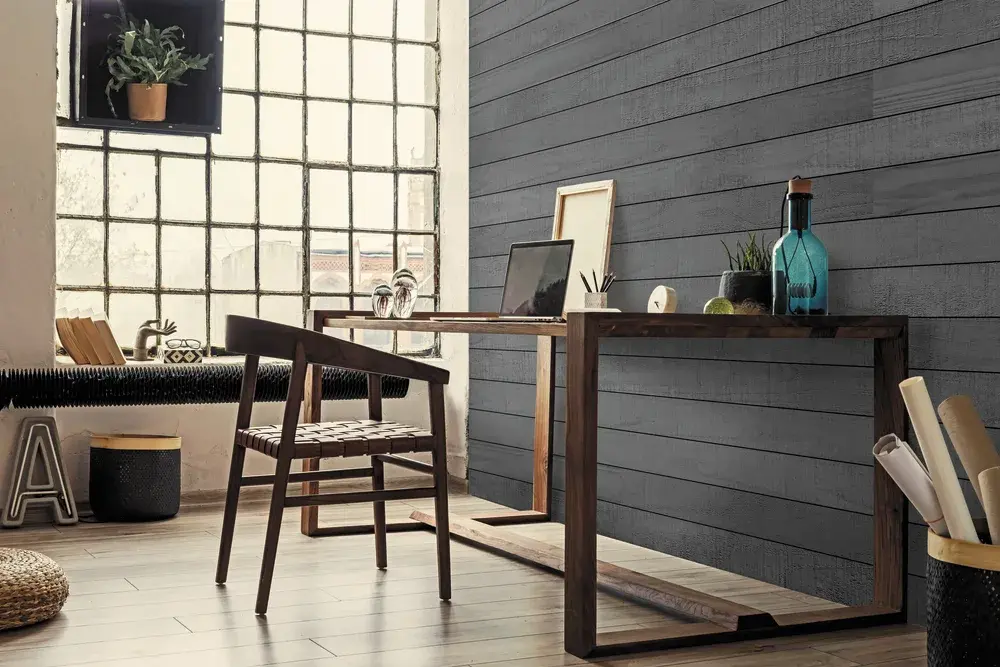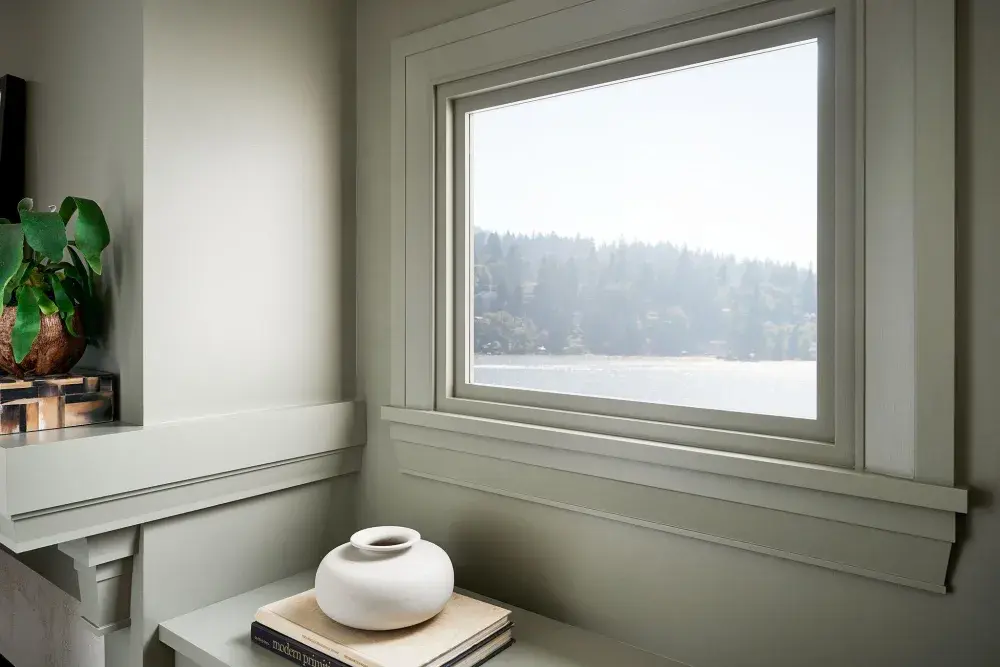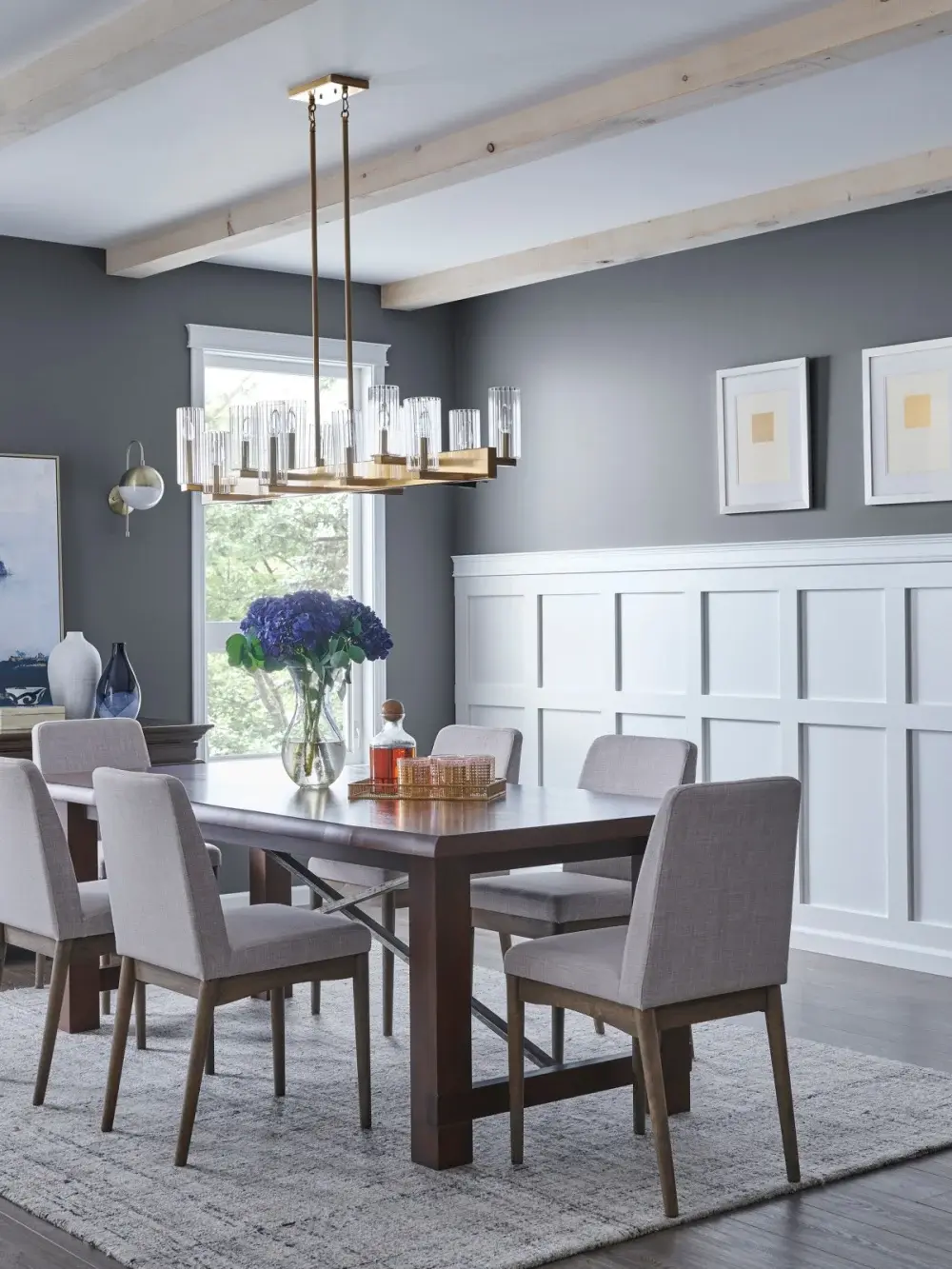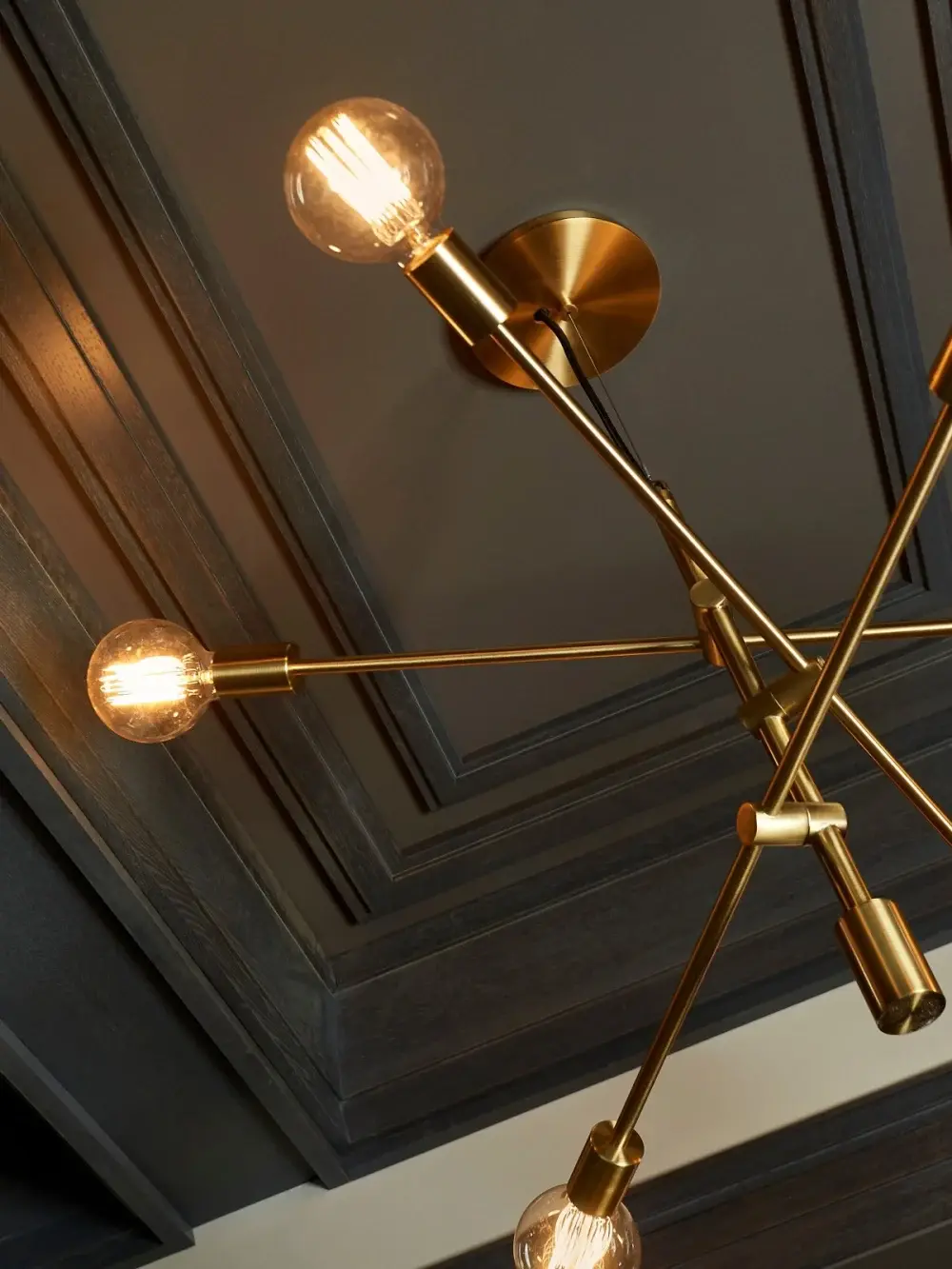About Mouldings
Get familiar with our finely crafted architectural elements.
We've defined the different types of moulding and trim and their uses so you can better understand the full range of your design options.
Solutions
Having Trouble Finding Your Style?
Discover your aesthetic by learning which interior design approach speaks your style the best. From traditional to trending, we've got the right solutions to deliver the feeling of home you've been searching for.
Need That Spark of Motivation?
Get inspired and get renovating! Explore the Metrie team's imagination to fuel ideas for your next project. We've assembled helpful how-tos and tips and tricks to make it fun and easy to refresh your spaces.





